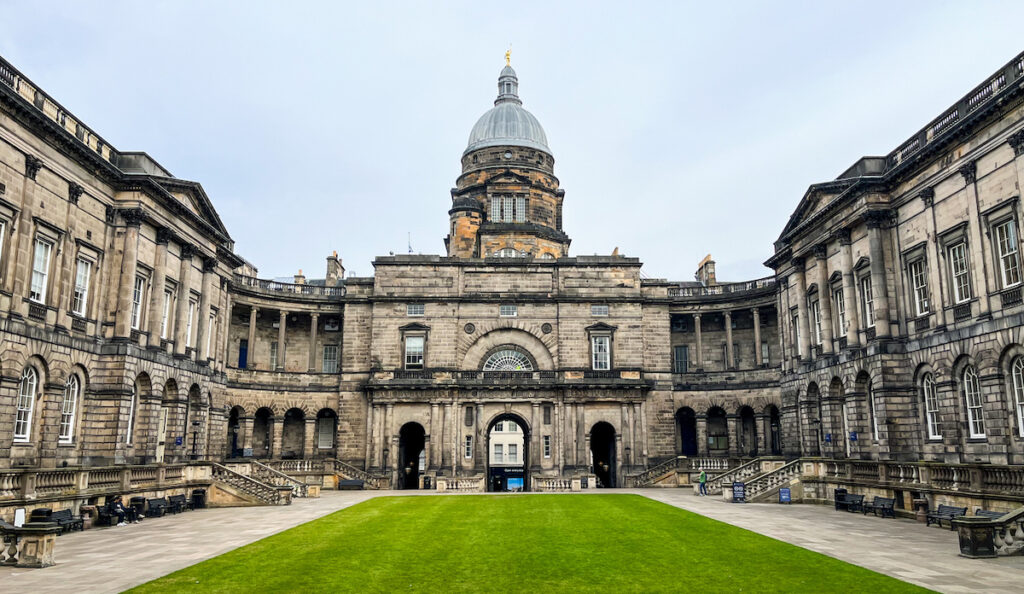
The magnificent Old College quadrangle at the University of Edinburgh
The University of Edinburgh has released a contentious report titled “Decolonised Transformations: Confronting the University of Edinburgh’s History and Legacies of Enslavement and Colonialism.” Commissioned in response to the global outcry following the death of George Floyd and the subsequent Black Lives Matter protests, the report examines historical and contemporary issues of race within the institution. Critics argue that it fails to adequately address current grievances related to racism among students and staff.
In its assessment, the report primarily relies on administrative data regarding the ethnic and racial composition of the university’s staff and student body between 2018 and 2023. According to the findings, the proportion of white individuals decreased, while the number of Asian individuals increased. The report notes that the percentage of Black individuals and others remained stable, at approximately 7 percent among staff and 10 percent among students. Despite expressing concern over these figures, the report does not provide a clear argument for what an acceptable representation should be or identify potential barriers preventing an increase in diversity.
The report’s methodology includes two questionnaires aimed at gauging experiences of racism among participants. However, these surveys were based on a small, self-selected sample, raising questions regarding their statistical reliability. The questions, which are not fully disclosed in the report, tend to focus on perceptions of racism rather than presenting objective evidence. The manner in which the data is presented lacks clarity, rendering conclusions inconclusive.
Historical Context and Criticism
The report also offers a historical overview of the university’s past, attempting to highlight its connections to Enlightenment thought and colonialism. Critics assert that this section lacks depth and originality, pointing out that similar critiques of “scientific racism” have been made for decades. Notable works, such as Nancy Stepan’s 1982 book, The Idea of Race in Science: Great Britain, 1800-1969, have already explored these themes extensively.
Furthermore, the report suggests that Edinburgh played an “outsized” role in promoting racist theories, a claim that requires comparative analysis with other universities across Europe and America—an analysis that the report does not provide. This lack of context raises concerns about the rhetoric employed throughout the document.
The report’s treatment of “scientific racism” conflates it with broader discussions on social evolution and technological development. It fails to make critical distinctions between these concepts, which are essential for a nuanced understanding of the history and its implications. The report’s loose connections between historical figures, such as A. J. Balfour, and contemporary issues further obscure its arguments.
Moral Implications and Conclusions
At its core, the report presents a moral argument, suggesting that individuals inherit moral responsibilities based on the actions of their ancestors. This perspective has drawn significant criticism for its implications, which some consider an oversimplification of complex historical relationships. In modern legal frameworks, moral accountability typically resides with individuals rather than collective groups.
While the report seeks to address historical injustices, its findings regarding present-day discrimination are scant. Critics argue that it resorts to abstract reasoning to justify claims of ongoing racial injustice, despite a lack of substantial evidence. Many believe that the report’s quality of scholarship falls short, and it ultimately fails to contribute meaningfully to discussions surrounding race at the university.
As the debate surrounding the report continues, the University of Edinburgh faces pressure to engage with the criticisms and to foster a more constructive dialogue about race, diversity, and inclusion within its community. The implications of this report will likely influence discussions about the institution’s legacy and future policies regarding race and inclusion.






